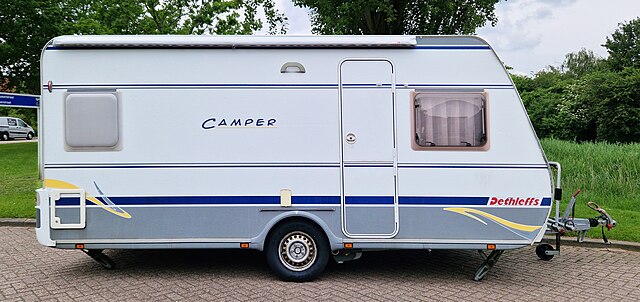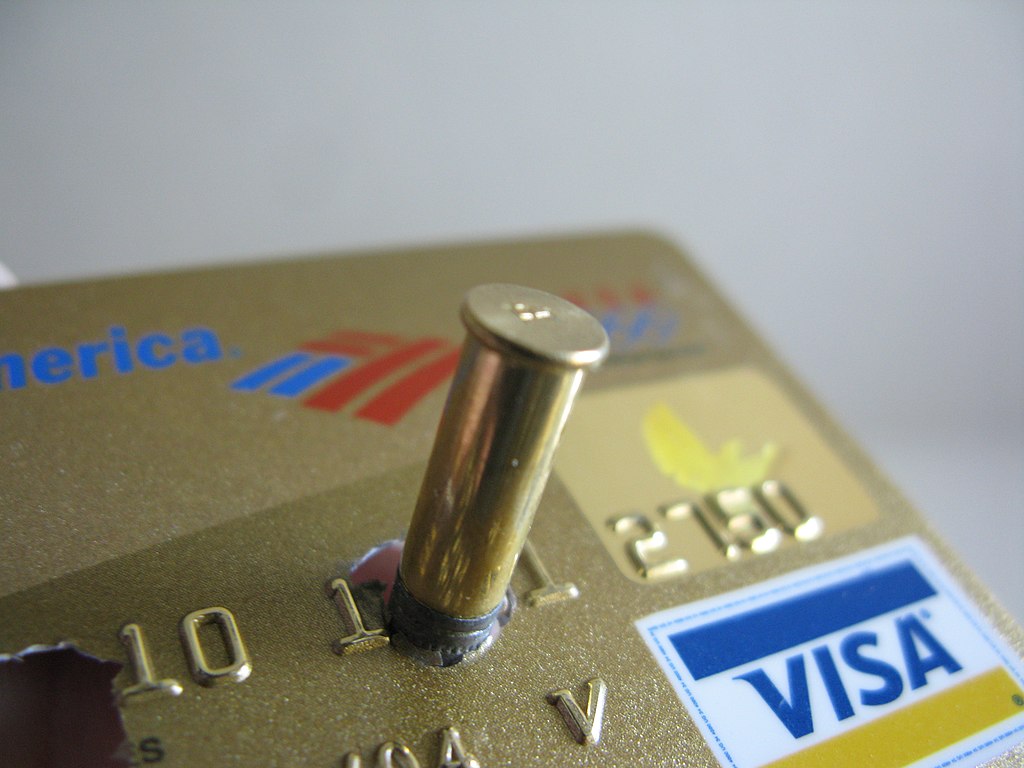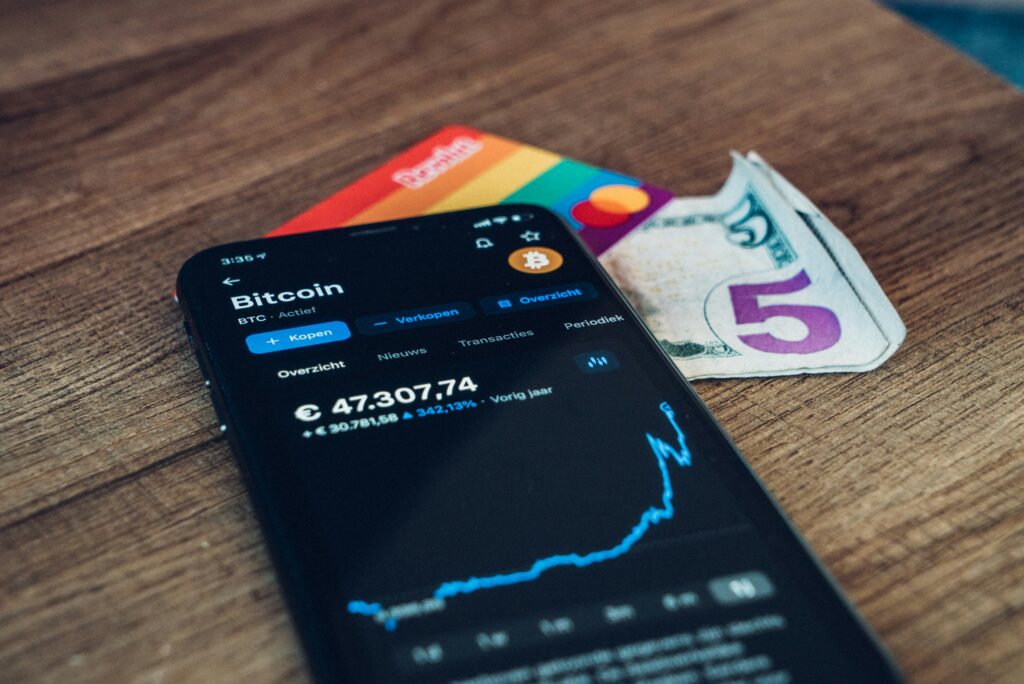Here’s the tea on why some of your so-called “assets” are secretly your financial frenemy—siphoning off cash that could’ve been fueling your retirement feet-up-on-the-beach fund. We all love the idea of having “stuff” that’s worth money, but if it’s costing you more in upkeep, interest, or missed opportunities, it’s really just clutter keeping you stuck in the rat race. From that shiny car that drops in value faster than your favorite influencer loses followers, to those dozen streaming services you barely touch, let’s expose the sneaky culprits draining your wealth and delaying your retirement goals.
1. Boats and RVs

Boating and road-tripping sound idyllic, but boats and RVs aren’t just depreciating assets—they’re high-maintenance headaches. You pay insurance, storage, winterization, repairs, and registration—all without guaranteed frequent use. Even if you love the open road or open water, those costs can gobble up your leisure budget in the blink of a lighthouse.
Mechanical issues, mold, and mechanical breakdowns mean surprise bills that can rival a down payment on a condo. And when you’re not using your RV or boat, you still pay for slips, campsites, and parking—like a gym membership you only use twice a year. If you try to rent it out, you’ll battle with wear-and-tear, liability concerns, and competition from slick rental services that undercut your rate.
Compare that to car-sharing or boat-sharing platforms, where you pay only when you play. Or better yet, take vacations to destinations where gear is included. That way you can sail or explore without tying up $50,000 in a seasonal asset collecting barnacle reef and dust—and you’ll have more in your retirement fund to actually cruise the Caribbean in style.
2. Revolving Credit Card Debt

According to NerdWallet’s annual analysis of household debt, the average U.S. household carrying credit card balances racks up over $10,500 in revolving debt, and paying only the minimum can balloon that to nearly $29,000 with interest. Yikes! That plastic in your wallet might feel like magic until those APRs hit your bank account harder than your morning alarm. Interest rates on credit cards are averaging north of 20%, which means you’re literally renting money at a premium—while your money could be working for you in a retirement account.
Carrying a balance not only siphons off tens of thousands in interest, it also dinges your credit score, hikes up insurance premiums, and locks up cash you could use to sock away in an IRA or 401(k). Every dollar you shell out in finance charges is a dollar not growing tax-deferred in the market. If you’re only paying interest each month, you’ll be paying on that original purchase for, well, forever. Plus, it’s a stress magnet—nothing ruins your zen like monthly statements reminding you that you’re one missed payment away from late fees and collection calls.
Facing down that minimum-payment monster and attacking your balance with snowball or avalanche methods will free up cash flow faster than you can say “goodbye, debt!” Then you can redirect those payments into investments that actually appreciate. Trust me, your future retired self will send you a thank-you card from the Bahamas.
3. Your New(ish) Car

As noted by LendingTree, new wheels lose roughly 20% of their value in year one and nearly 60% over five. So that shiny hatchback you just left the lot with? It’s already worth way less than sticker—like dropping five grand the moment you drive off. Depreciation isn’t just about resale—it factors into your insurance premiums, registration fees, property taxes, and even finance charges on your auto loan.
Your car might be “needed,” but that Prius or SUV is a massive wealth drain compared to a used model or reliable public transit pass. You’re bleeding money from maintenance, repairs, and those fancy add-ons you swore you needed (I’m looking at you, heated steering wheel). Plus, owning means you’re on the hook for every ding and scratch, which translates to surprise deductibles or out-of-pocket repair costs.
Imagine trading that expensive loss-leader for an investment vehicle that yields 7–8% annually—hello, compounded returns! Instead, you’ve got a depreciating asset under your driveway, whispering “sell me, sell me” and eroding your net worth. Opting for a reliable used car, rideshare, or even car-pooling could save you thousands each year—cash that could fund your early retirement dreams instead of sitting idle under your car cover.
4. Student Loan Balances

As reported by Federal Student Aid, the average borrower owed $38,375 in federal student loans at the end of 2024—and that number is creeping up. While an education can (hopefully) boost your earning power, loan payments can gobble up 10–15% of your take-home pay for decades. That’s a huge chunk of cash not going into index funds or a house down payment.
Many grads hit the workforce feeling savvy, only to realize they’re locked into income-driven plans with little progress on principal—and interest often outpaces payments. Those extra years of repayment not only delay buying a home or starting a family but also mean missing out on decades of tax-advantaged compounding in retirement accounts. And guess what? If you default or go delinquent, expect credit-score carnage, wage garnishments, and even frozen tax refunds.
Refinancing or using forgiveness programs can help, but not everyone qualifies—and interest rates on private loans can be brutal. Tackling high-interest loans first, exploring employer assistance, or even side hustles to funnel extra cash at the principal can shave years off your timeline. Knock out that tuition debt quickly, and you’ll free up cash for retirement contributions that’ll serve you far longer than any cap and gown ever did.
5. Hidden Subscription Services

According to an exclusive CNET survey, U.S. adults spend about $91 a month on subscriptions—over $1,000 a year on services they might not even use. Think streaming, cloud storage, meal kits, meditation apps… the list goes on. You sign up “just for a month,” forget to cancel, and suddenly you’re funding companies you barely remember.
Those recurring charges chip away at your discretionary budget faster than you can say “auto-pay.” And while each service might feel trivial—$5 here, $10 there—stack a dozen and you’re paying for a second Netflix account you never watch. That money could be funneled into a high-yield savings account or a brokerage fund, growing in the background instead of vanishing in the digital ether.
The fix? Audit your statements every quarter, use an aggregator app to flag recurring payments, and ask yourself, “Did I even use that Spotify Premium this month?” Cancel ruthlessly, then reallocate those funds into your retirement fund with the satisfaction of someone Marie-Kondo’ing your finances.
6. “Trapped” Home Equity

A recent analysis by Housing Wire found Americans have about $700 billion in home equity they can’t easily access through traditional loans. Home equity feels like wealth until you need cold, hard cash and realize tapping it can mean closing costs, higher interest rates, or qualifying hurdles.
While your house might be your biggest “asset,” it’s illiquid until you sell, refinance, or open a HELOC—each of which comes with its own fees and risks. Rising rates can tank your appetite for cash-out refis, and lenders love to add appraisal and origination fees that dilute the money you actually receive. Meanwhile, property taxes, insurance, and maintenance bills keep piling up, eating into any perceived equity you thought you owned.
That “free” $200,000 in your home isn’t a retirement check you can cash; it’s a wall of brick and mortar. If you need emergency funds or want to diversify away from housing risk, you might find yourself mortgage-rich but cash-poor. Instead, build other liquid assets—brokerage accounts, Roth IRAs, or even a side-hustle slush fund—so you’re not banking on selling your foundation to fund your future.
7. Timeshare Agreements

Timeshares sound like your ticket to a yearly vacation paradise, but in reality they’re a perpetual money pit. You buy a “slice” of a property, pay annual maintenance fees, and hope to trade or rent out your time—but demand is often low, making exchanges pricey or impossible. Those maintenance fees alone can climb into the thousands each year, regardless of whether you actually use your week.
Resale values tank faster than you can say “ski chalet,” so if you ever decide to bail, you’ll likely lose most of your initial investment. And good luck finding a buyer—timeshare exit companies charge exorbitant fees and sometimes pull disappearing-act tricks once they have your check. Plus, special assessments for repairs or renovations can pop up without warning, turning your dream getaway into a sand-castle sinking in quicksand.
Instead of locking yourself into an endless loop of fees and limited flexibility, consider vacation rental platforms where you pay per stay without future obligations. You’ll avoid the annual cost avalanche and keep your options wide—plus, that $1,200 maintenance fee? Invested in an S&P 500 index fund, it could be worth over $8,000 in 30 years.
8. Whole Life Insurance Cash-Value Policies

Whole life insurance feels like a two-fer—death benefit plus a savings account—but the reality is fees and commissions devour your cash value for years. You pay premiums that go toward mortal coverage, agent commissions, and admin fees before any money even starts accruing interest. Returns on the cash-value component often linger around 2–3%, well below what you could earn in the market.
Surrender charges can lock you in for a decade, and if you die early, much of your premiums never made it into the policy’s “savings.” Borrowing against cash value reduces your death benefit and can result in loans staying unpaid, eroding even more value. If you cancel prematurely, you’ll often get peanuts back compared to what you paid in.
A term life policy plus investing the difference in a low-cost index fund typically yields better results. You’ll have affordable protection and a shot at double-digit market returns—rather than a slow-leaking piggy bank masquerading as insurance. Your beneficiaries get the full death benefit, and you get a retirement account that actually grows. Win-win.
9. Designer Handbags & Jewelry

Luxury goods might seem like status symbols that hold value, but resale prices for designer handbags and fine jewelry can be all over the map. Trends shift, secondhand markets saturate, and retailers take big cuts when they buy back. That Chanel bag you splurged on for $5,000? You might only get $1,500 if you’re lucky—and dealing with auction houses or consignment shops feels like a full-time job.
Plus, you’ve paid retail and often finance interest on layaway or “buy now, pay later” plans. Those pristine display items sit in your closet, collecting dust (and potential damage), while your capital remains tied up. Cleaning, insurance, and secure storage add hidden costs that chip away at any potential price jump.
Investing in broad-market ETFs or even affordable fine-silver coins can provide liquidity and growth without the unpredictability of taste-driven resale markets. You get peace of mind, diversification, and zero risk of a scratched clasp ruining your return.
10. Collectibles & Memorabilia

Stamps, coins, action figures, vintage toys—oh my! Collectibles can feel like fun side hustles, but their markets are notoriously fickle. What’s hot this month can be worthless next, and finding a serious buyer often requires conventions, niche auction houses, or patient Craigslist stalking. You’re paying storage, grading fees, and insurance premiums on items that may never appreciate enough to justify the costs.
Condition is king, so a single smudge or dent can sink your price. Plus, grading services charge steep fees, and auction houses take 10–20% commissions. Meanwhile, your items are locked away, not generating dividends or compounding interest.
If you love the thrill of the hunt, set a strict budget—consider it entertainment expense, not “investment.” Then channel any leftover cash into a diversified portfolio that actually compounds over time, rather than hoping for a nostalgic windfall.
11. NFTs & Digital Collectibles

Peppered across Twitter feeds and Discord servers, NFTs promise moonshot returns but often deliver tumble-down disappointments. You pay gas fees on Ethereum, platform commissions, and then cross your fingers someone will buy your pixel art for a profit. Most NFTs trade for under a hundred bucks and there’s zero guarantee demand stays high.
If the platform shuts down, your “asset” can vanish overnight. Security risks, scams, and market saturation make this space a high-stakes casino—fun for speculators, not for anyone serious about stable long-term wealth building.
Better to treat NFTs as entertainment—buy one if it sparks joy, but don’t bet your retirement on them. Instead, prioritize real assets like index funds, real estate, or small-business investments that have proven track records.
12. Peer-to-Peer Loans

Platforms like LendingClub and Prosper let you channel cash into personal loans, but default rates can hover at 5–10%. You’re effectively running a mini-bank with limited diversification—you need a hundred or more notes to smooth out losses, and servicing defaults is a headache.
Plus, P2P loans often carry high origination fees, and repayments come back as principal plus interest—just enough to cover defaults, not to generate significant net gains. You’re trading credit risk for a few extra percentage points, but that extra yield often disappears once defaults and platform fees are factored in.
Pass on this unless you have a forensic-level interest in underwriting small loans. Most investors do better with broad baskets of bonds or dividend-paying stocks that spread risk across thousands of issuers.
13. Single-Stock Concentration

Betting all your savings on Tesla, Apple, or your company’s stock might feel like insider knowledge, but you’re flirting with disaster. A big dip in one name—regulatory news, CEO tweets, sector shifts—can wipe out years of gains in a single day. Diversification isn’t just a buzzword; it’s the difference between smooth upward trends and stomach-churning volatility.
If you love a particular stock, cap your exposure at 5–10% of your portfolio max. Then fill the rest with broad indexes, bonds, or real estate funds that cushion downturns. You’ll sleep better at night, and your nest egg will actually grow reliably rather than moon-and-spike like a crypto coin.
14. Excess Cash Hoarding

Keeping too much cash under your mattress—or in a no-interest checking account—feels safe, but inflation is stealthily eroding your purchasing power by ~3% a year. That $20,000 you hoarded to “be safe” is worth about $17,800 after five years of inflation, with zero upside.
Sure, having an emergency fund is vital, but anything beyond six months of living expenses should be invested. High-yield savings accounts, short-term bond ETFs, or conservative balanced funds give you liquidity and a buffer against inflation. Don’t let fear of volatility cost you life-changing gains over decades.
15. High-Fee Mutual Funds

Your dad’s old mutual funds might charge 1–2% in annual fees (the expense ratio and load fees), which might seem negligible… until you realize it can shave off half of your returns over 30 years. Low-cost index funds often charge under 0.10%, meaning the difference compounds massively in your favor.
By holding onto high-fee “active” funds that rarely beat the market, you’re effectively paying a management tax that doesn’t earn its keep. Do yourself a favor: check your expense ratios, and if they’re north of 0.50%, consider migrating to Vanguard, Schwab, or Fidelity index alternatives. Your future retiree self will throw you a party—no invites needed.
This article is for informational purposes only and should not be construed as financial advice. Consult a financial professional before making investment or other financial decisions. The author and publisher make no warranties of any kind.








